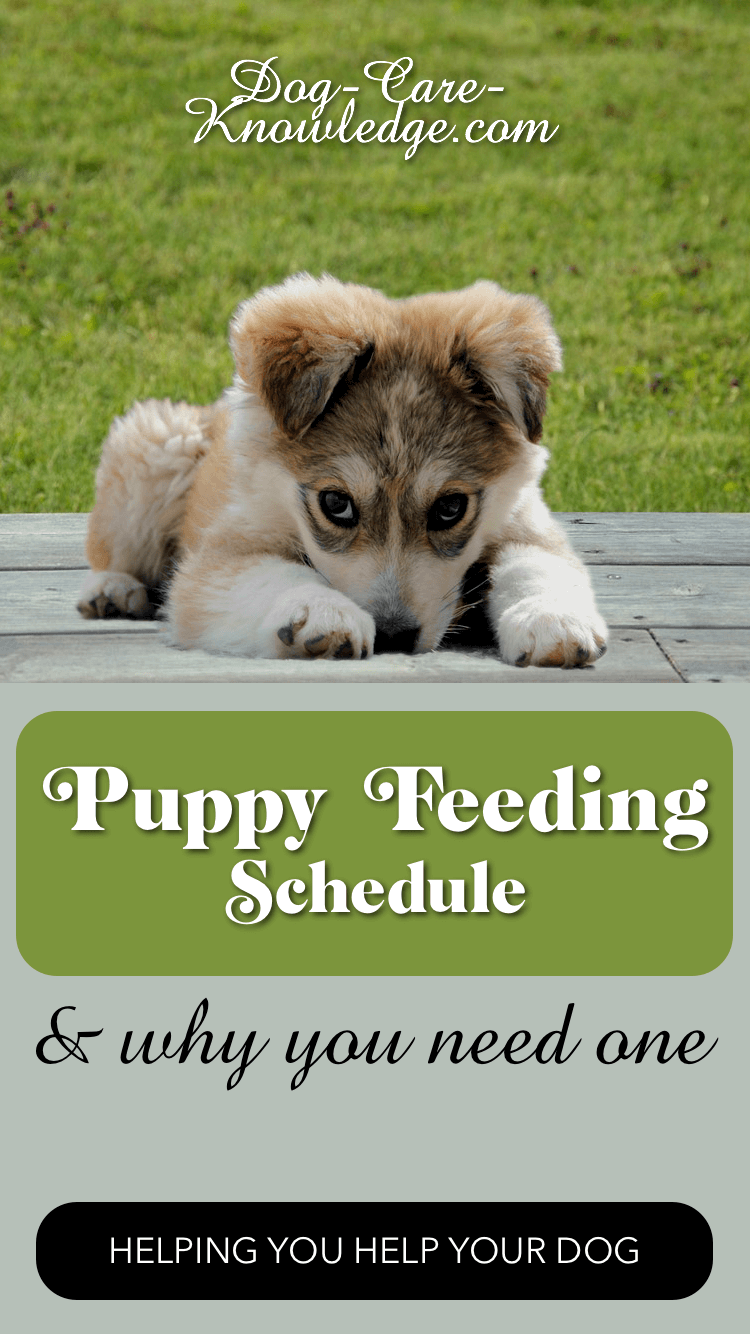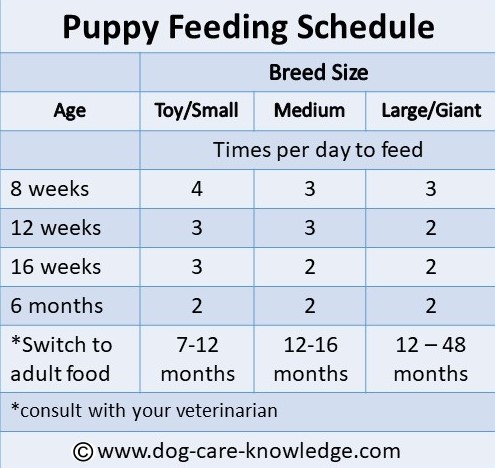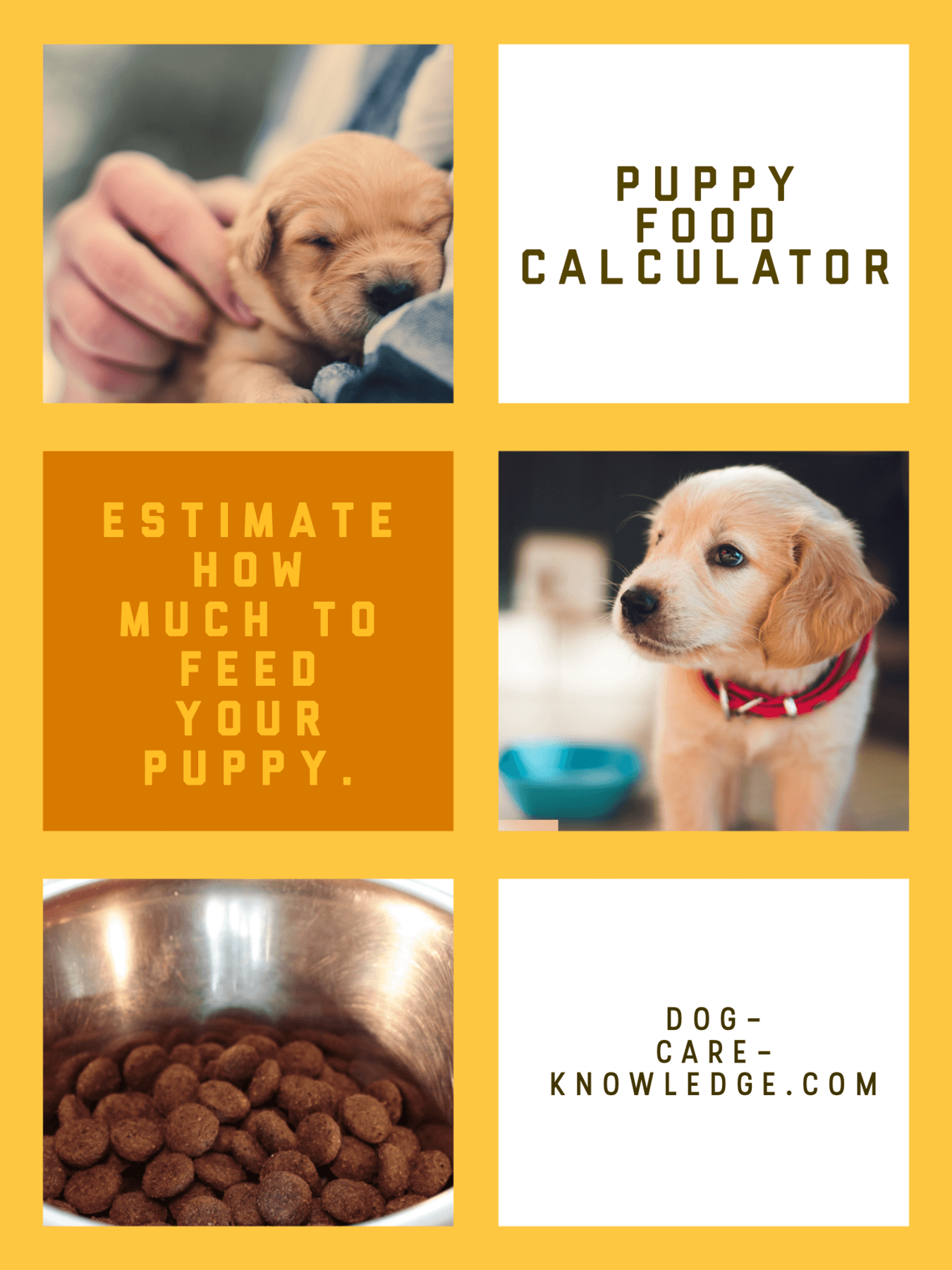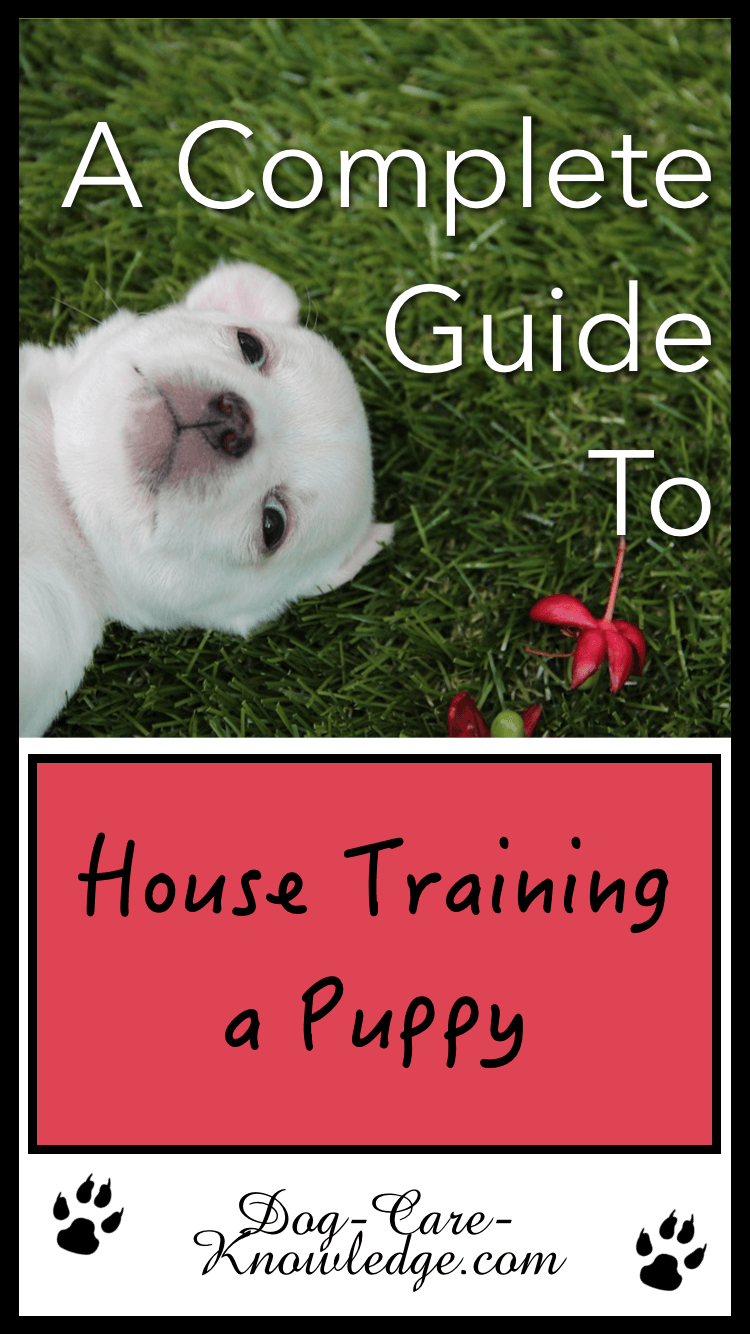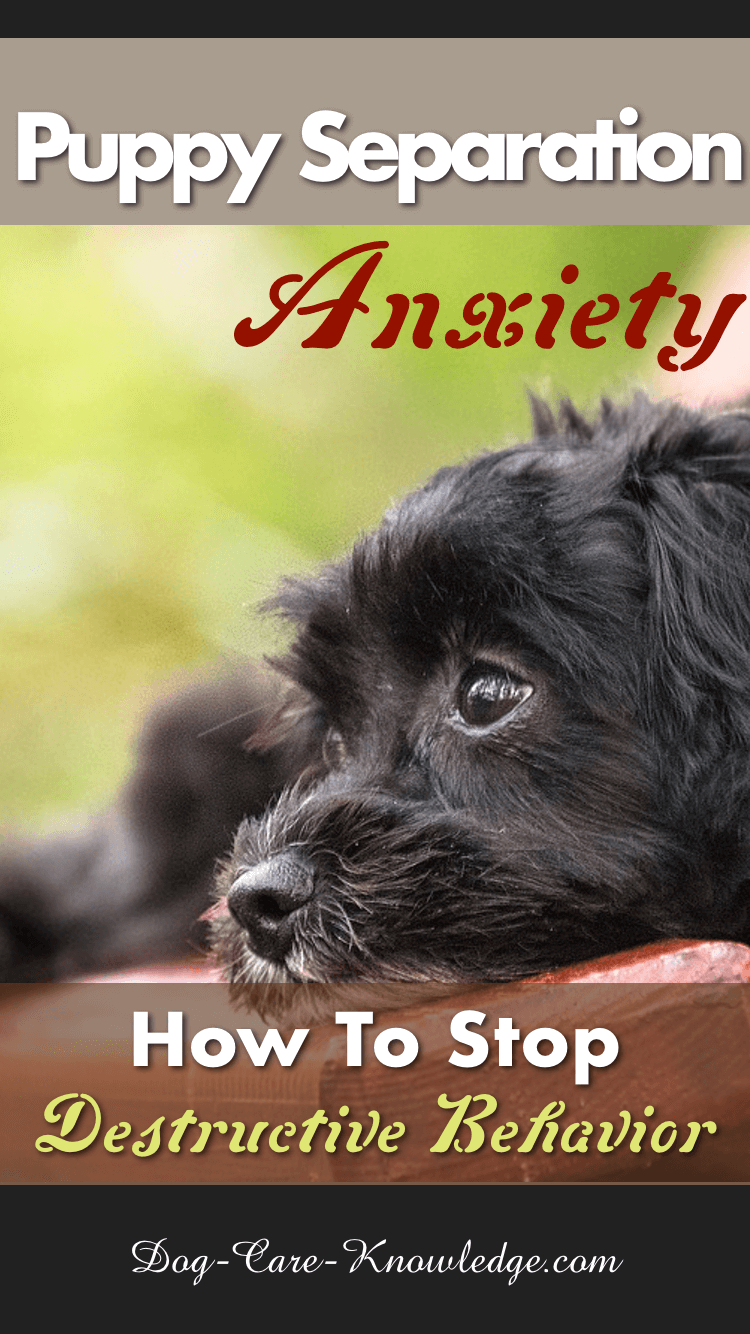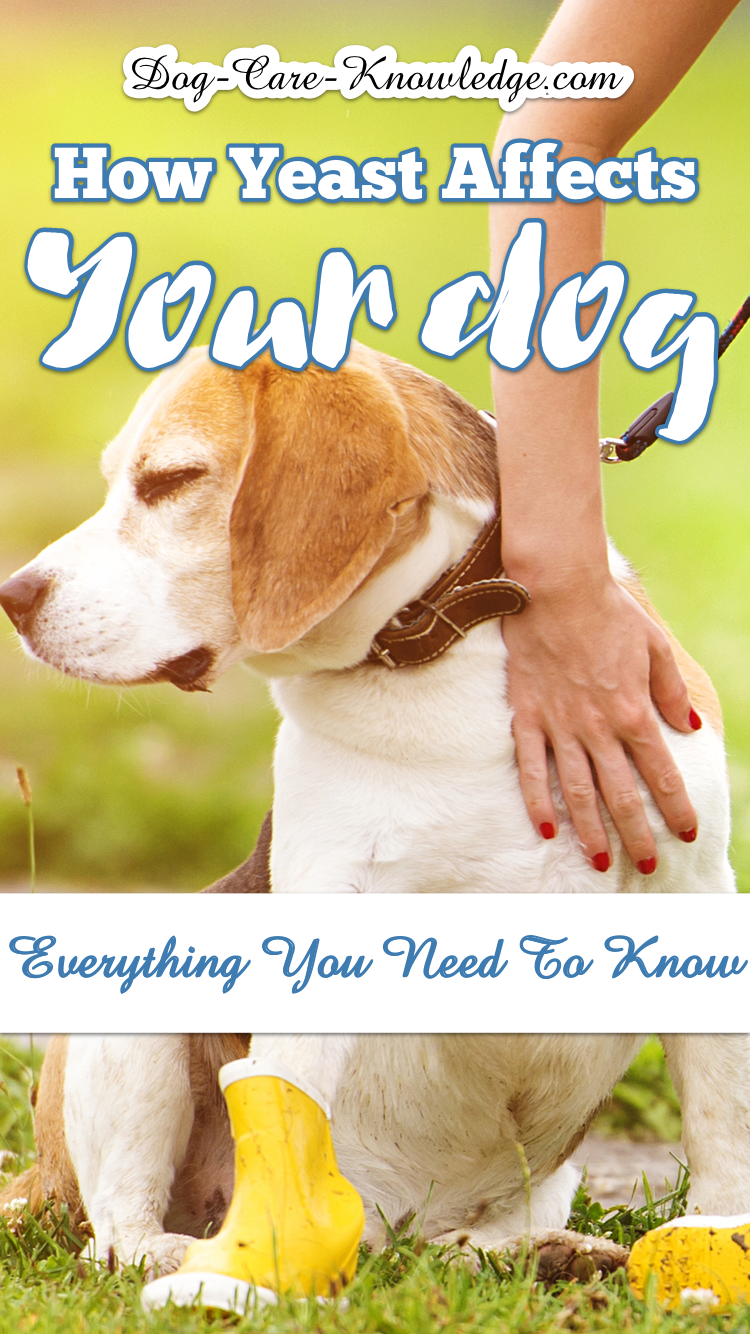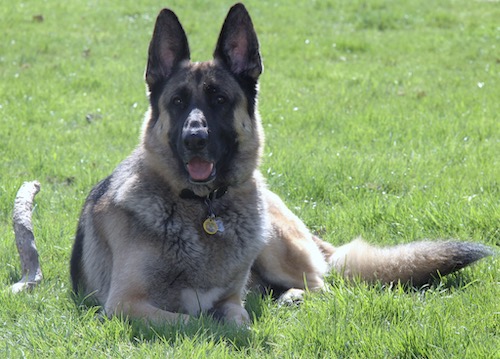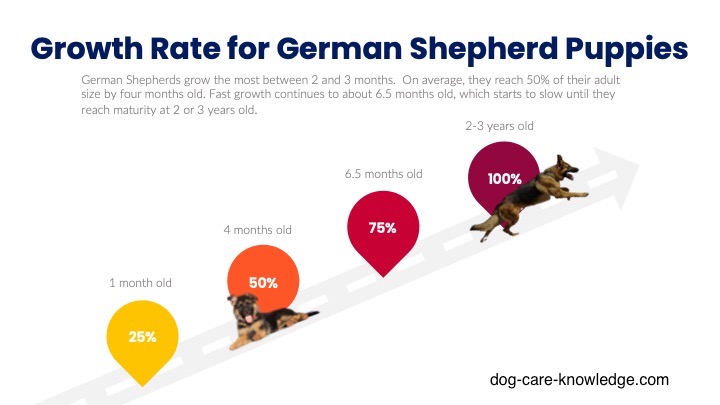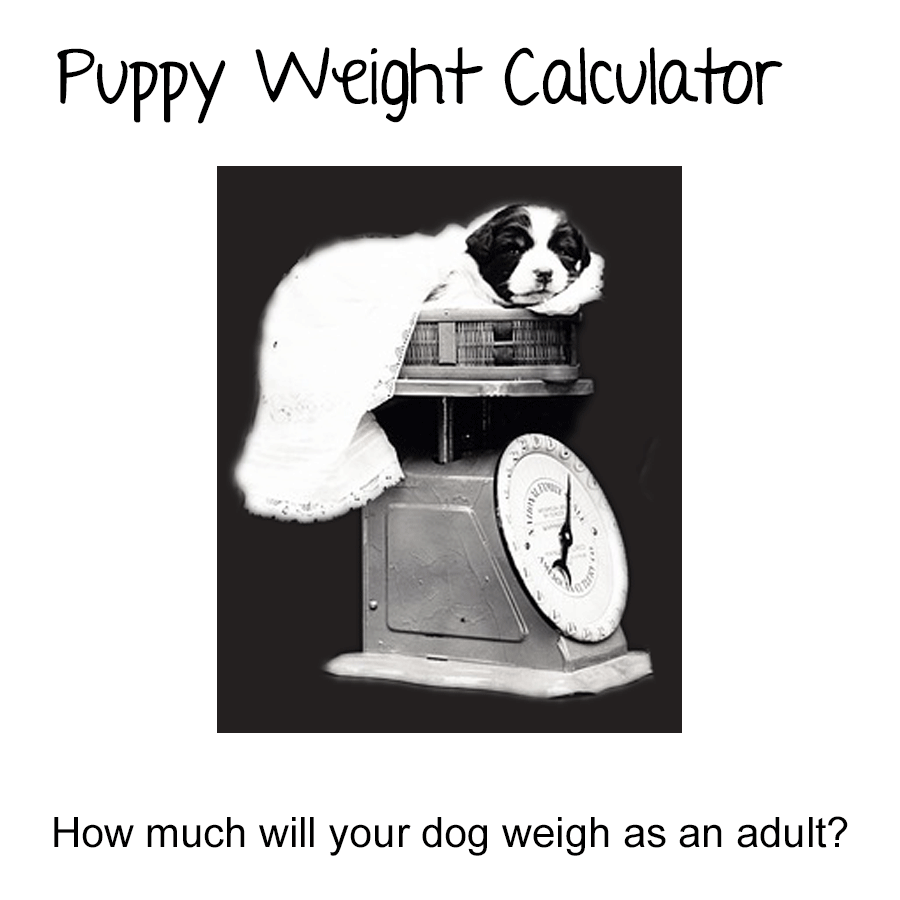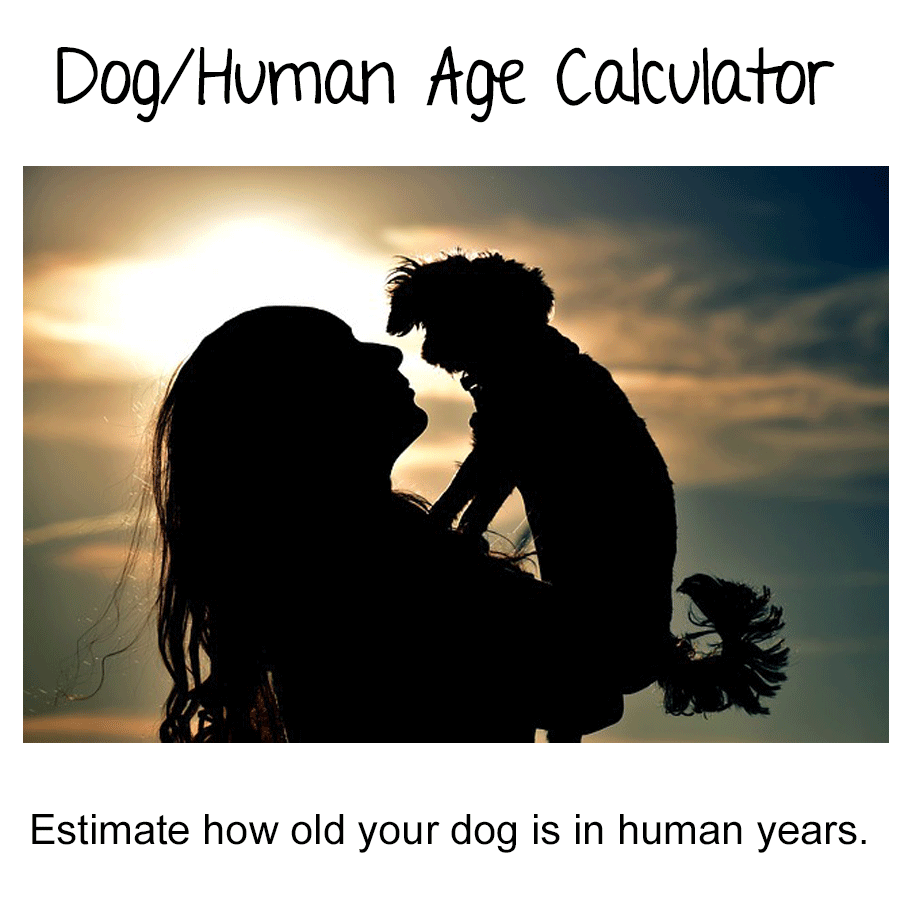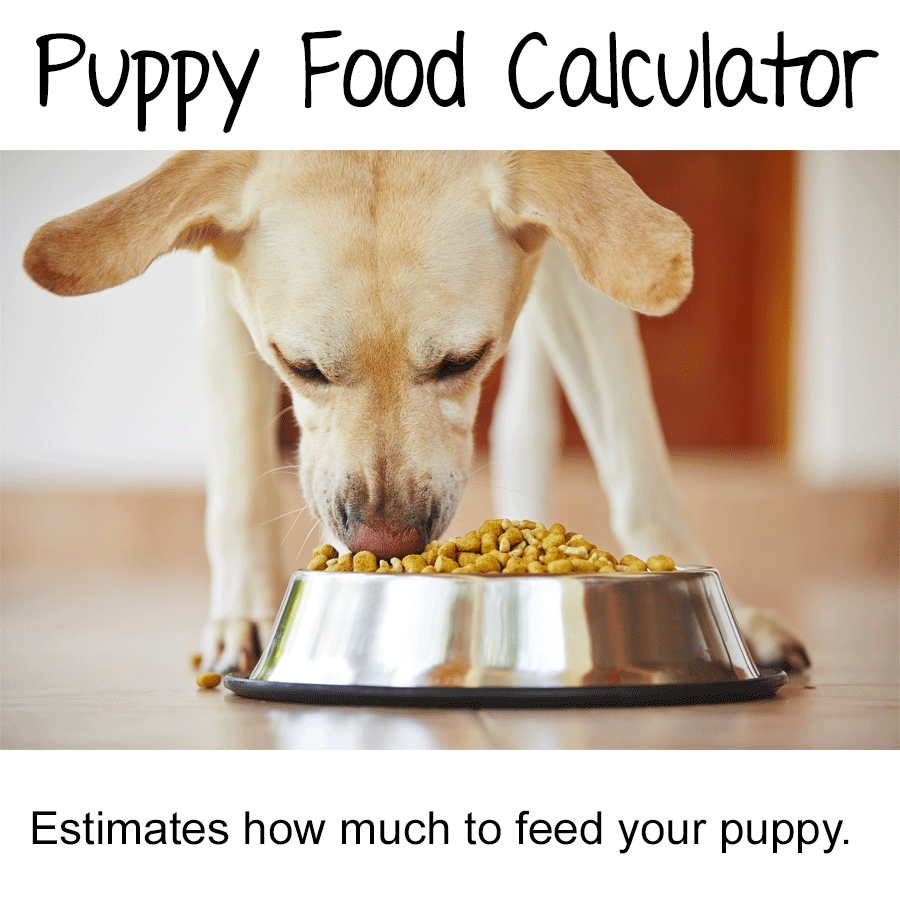- Home
- Puppy Information
- Puppy Feeding Schedule
Puppy Feeding Schedule
& Why You Need One
A puppy feeding schedule will keep one thing organized in the midst of chaos a puppy can bring to your household! Don't get me wrong, bringing a puppy home is a joyous occasion. It's filled with lots of wet-nose kisses, furry fun, and a whole host of picture-taking, video-creating opportunities. And trust me, you're not going to want to miss out on any of that, it goes by so quickly.
When your puppy first arrives in his or her new home you’ll be excited about your new life together. You’ll need to learn about the best way to care for them, including finding the best puppy food, and setting up the best puppy feeding schedule.
Since a puppy requires a higher amount of energy to assist their body in healthy growth, they also need to consume a higher number of calories than an adult dog. That's why it's so important to feed them puppy food and not adult dog food.
Puppies and dogs have different feeding schedules than humans. It’s important to ensure that they consume all their essential nutrients for heathy growth of coat, skin, claws, muscles, and bones.
Your puppy feeding schedule will differ from the first day you bring them home, to the first day they are officially an adult. It also differs dependent on the overall breed size. Puppies from toy or small breed dogs will need to be fed much more frequently than puppies from the larger breed dogs.
Puppy Feeding Schedule
Here's a guide you can download and use to see when you should decrease their feed and when to switch to an adult food.
Puppy Food Calculator
To give you a rough guide of how much you should be feeding your little guy, you can use the below calculator that will determine the amount of food your pup needs based on his weight and age.
However, this can vary a lot based on your pup's diet, activity levels, and overall health.
Always check with your vet or breeder to determine how much you should be feeding your puppy.
Feeding Guidelines
An adult dog is typically fed only twice a day. Puppies are usually fed two to four times a day. It depends at which point they are in their growth spurt. You want to ensure that they get their required amount of nutrition. This is where consulting the puppy feeding schedule above will help.
Within the first six to eight weeks, your puppy will still be nursing from their mom. They’ll also gain antibodies from their mother to help protect them from disease. If a puppy is removed from their mom too soon, there are milk replacers and bottles which can be purchased from Amazon or a pet store.
Orphaned Puppy (or Puppies Under 8 Weeks Old)
After 4 to 6 weeks the puppy can be weaned off the milk and begin eating solid food. This weaning should take about 2 to 3 weeks. You’ll want to find the best puppy food and stick to it. You may wish to discuss with your vet about the best brand of puppy food to feed him. Your pup may have special requirements that your average store’s dog food brand may not provide.
Around 4 to 6 weeks you’ll want to first mix the puppy food with a milk replacer. This will assist your puppy in the transition. Feed this to your puppy about 3 to 4 times per day. Gradually reduce the amount of milk in the food.
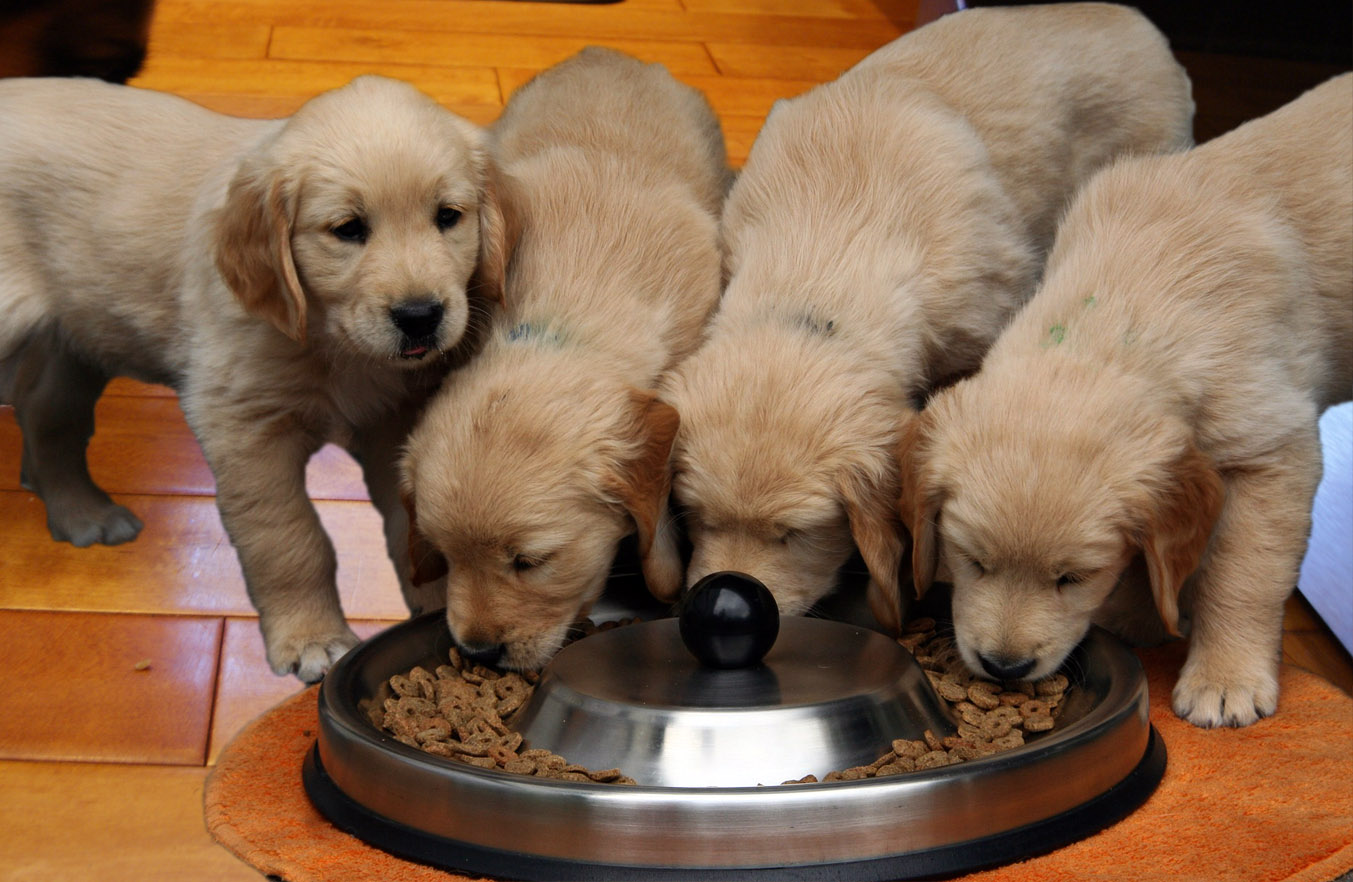
This gradual process will help to avoid any gastric distress in the puppy. At around 8 weeks your puppy should have made the full transition to solid food.
How Often to Feed Puppies
Puppies need to be fed 3 to 4 times a day. On average, you’ll be feeding them 1/2 cup of food spaced out three times a day. You’ll need to make adjustments if you have a toy breed or a giant breed.
These smaller meals are easier for your puppy to digest by spreading out the energy and nutrients over the course of a full day.
You can start feeding your puppy twice a day when they reach these ages respectively:
- Toy/Small = 6 months old
- Medium = 16 weeks old
- Large/Giant = 12 weeks old
The exception is if you have a mixed breed dog. In these instances you may not know which size category they fall into. Check the puppy weight chart to get an idea and find out when your breed of dog is considered a full grown adult.
Now, if you really want to know what type of dog your mixed breed is, then you can use this simple cheek swab DNA test to find out.
It tests for more than 250 breeds.
Small Breed Puppies
Puppies from toy or small breeds will mature much faster so will need to be fed more frequently. This is because these little guys have much smaller stomachs that fill up quickly, especially when they're very young.
To prevent problems with spiking blood sugar, and other potential health concerns, they need to be fed four times a day when they're 8 weeks old, three times a day when 12 and 16 weeks old and then two times a day from 6 months old and upwards. Consult this puppy weight chart to get an idea of how big your puppy will be as an adult.
Large/Giant Breed Puppies
Large breed puppies need to be fed less frequently as they grow. This will help to prevent bone and joint issues that can occur from growing too quickly.
For our large breeds we also need to ensure there is NOT excessive protein in their diet as it may result in an unbalanced ratio of calcium to phosphorus. Speak to your veterinarian about the best food for your large breed puppy that has the correct ratio of calcium and phosphorus to ensure correct bone development.
It may be difficult not to feed these large breeds too much, with their soulful, begging eyes, but just remember, feeding too often or too much may result in painful arthritis for your adult dog.
Large and giant breed puppies need to fed three times a day at 8 weeks old. Once they reach 12 weeks old (3 months) start feeding them twice a day (breakfast and dinner) right up until they're ready to transition to adult food at 12 - 48 months. Consult with your veterinarian on the best time to make that final switch based on your dog's rate of growth. You can use this puppy weight chart to figure out roughly how big your puppy will be as an adult.
To Sum Up...
By establishing a feeding schedule for your puppy based on his age and breed size, you'll know how often to feed him, when to make changes, and when to switch to an adult food. In doing this you'll also be able to minimize health risks associated with feeding too much, too often, or not as often as you should.
This will help you in feeding your puppy into adulthood so that you have a healthy, happy adult dog.
